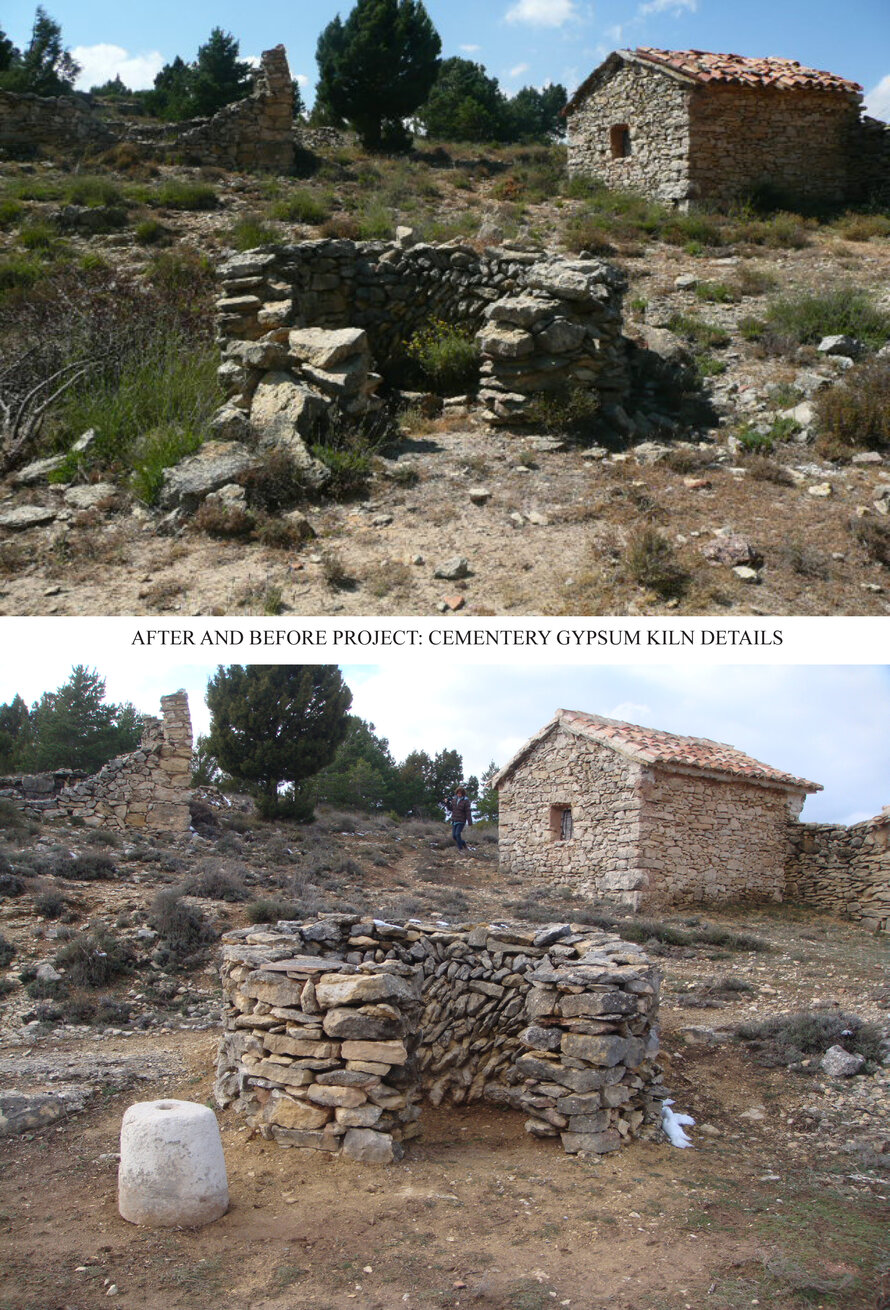Preindustrial Buildings in Ademuz y Sesga
The restored public buildings related to local preindustrial activities belong to the village of Ademuz and its hamlet Sesga. The previous research of this type of buildings has taken several years and has been published in a book called Homo faber. These vernacular buildings are ...
Read more
Project details
| Title: | Preindustrial Buildings in Ademuz y Sesga |
|---|---|
| Entr. year: | 2011 |
| Result: | Grand Prix |
| Country: | Spain |
| Town: | Ademuz/Sesga, Valencia |
| Category type: | building conservation |
| Notes: | Typology: Various. OBJECTS: • Fountain, drinking-trough, laundry and scouring pool (Umbría area, Sesga) • two gypsum kilns (Cemetery and Eras del barranco areas, both at Sesga) • two tile kilns (Umbría area, Sesga; Rambla de la Vega, Ademuz) • José el Maroto’s winepress (Vallado 53, Ademuz) • bread oven, barber’s shop and school (Sesga 47) |
| Building type/ Project type: | See notes |
| Former use: | Various (see Notes) |
| Actual use: | Living museum |
| Architect / Proj.leader: | Plan de Dinamización Turística del Rincón de Ademuz |
| The Jury's citation: | “The Jury greatly admired the restoration of this collection of preindustrial buildings in the hamlet of Sesga in the village of Ademuz. The conserved vernacular structures including their contents, are outstanding because they beautifully recall the former local way of life, and reflect the collective memories and activities of this rural area in their true context and landscape. Their careful restoration and enhancement deserves to be an inspiration for similar rural areas throughout Europe.” |
Description:
The restored public buildings related to local preindustrial activities belong to the village of Ademuz and its hamlet Sesga. The previous research of this type of buildings has taken several years and has been published in a book called Homo faber. These vernacular buildings are outstanding because they reflect the local former life, represent a sign of identity and possess the collective memory of these rural areas. The recovering of some of these neglected buildings has arrived in time for the conservation both of the building and its content, as it happens in the school, the bread oven, the barber’s shop, the winepress and the tile kiln at Sesga. Although solving important structural problems, roof leaks and dampness, conservation works done here are invisible till the point that many people think that the buildings have not been restored, but miraculously conserved. In other buildings partly ruined, recovering the abandoned buildings has also been possible, like the tile kiln in Ademuz. In the case of the gypsum kilns, the fountain, the drinking-trough, the laundry or the scouring pool, the conservation works have tried to get back correctly its original function, eliminate improper elements and reconstitute its matter, structure and damaged roofs.
Similar projects
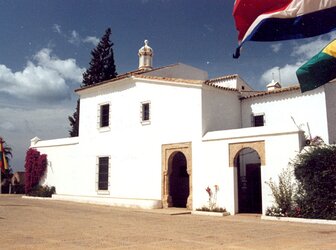
13th century
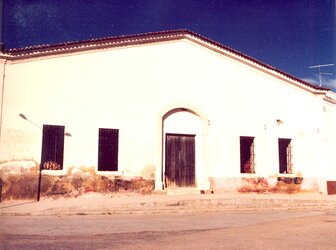
19th century
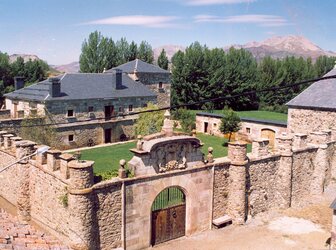
15th-16th century
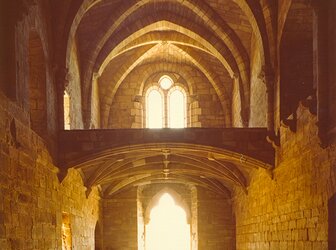
12th-13th century
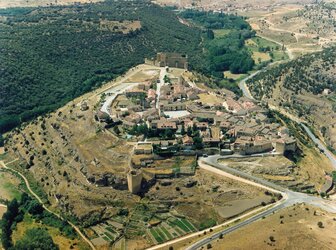
12th century

13th century
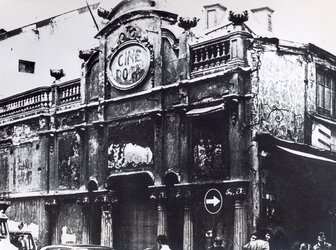
20th century

Middle Ages
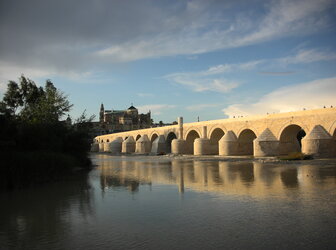
1st Century BC
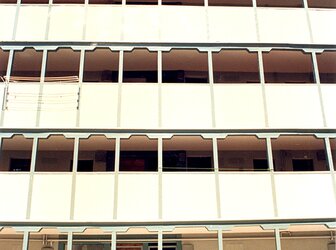
19th century
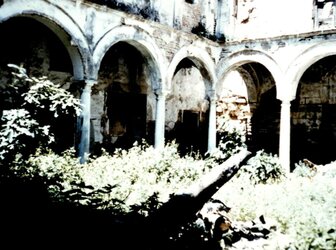
17th century
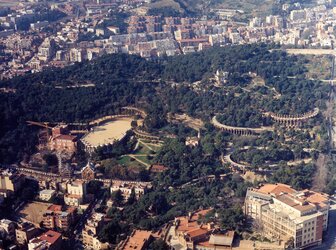
1904-1908
